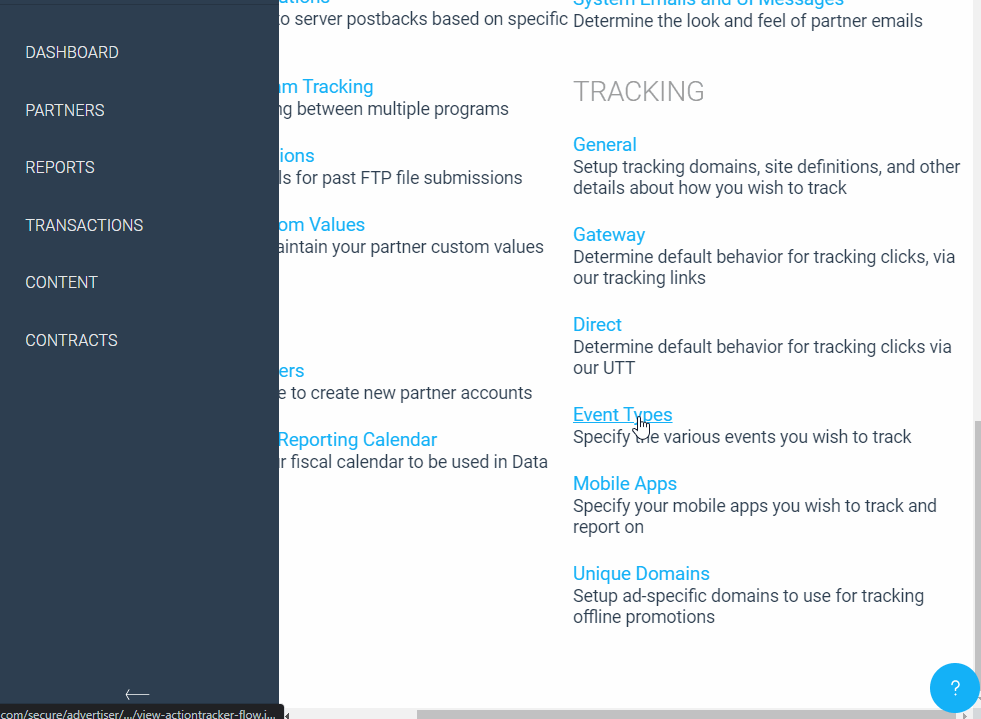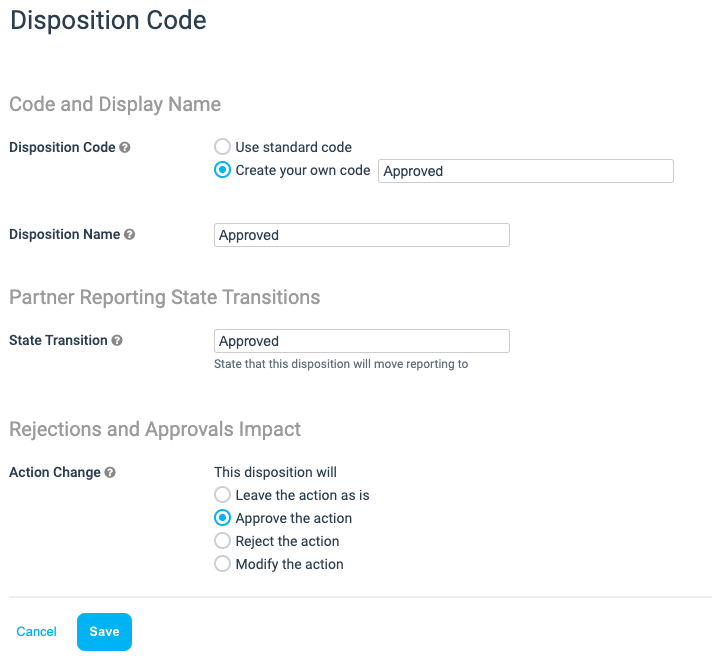Open-ended locking allows you to pick when a partner-driven lead becomes a locked, payable action. This locking type will replace the action locking period in a set of template terms, and should only be used when the lead may not always turn into an action, like travel reservations or some subscription services.
Note: Open-ended locking is more labor-intensive and a brand should consider discussing this method with their CSM.
Open-ended locking should be used for actions that cannot lock according to an action locking period due to logistical reasons. For instance, customers pre-ordering a laptop that will come out in a month or ordering a back-ordered pair of shoes cannot lock according to a normal action locking period because the order can be canceled before the customer gets the product they ordered.
The same idea applies to services, like hotel reservations. A partner might drive a customer to make a reservation 6 months out, but the customer can cancel that reservation at any time between the reservation and their stay. Open-ended locking prevents the brand from paying a partner for an action that has not happened yet.
Actions with open-ended locking will lock after 730 days or 2 years.
Open-ended locking updates must be batched in using FTP Batch updates, impact.com's REST API, or Salesforce integration.
Note: Batch updating at the order level will always set the action as either approved or rejected.
To set up open-ended locking, you will need to follow these steps:
To enable open-ended locking for existing event types, follow these steps:
From the left navigation menu, select
[Menu] → Settings.
Select Event Types under the Tracking section.
From the list of event types, hover your cursor over the event type you want to modify, select
[More] → View/Edit.
Select Show advanced settings ↓ and next to the Open-Ended Locking field, select
[Edit].
Ensure that the Open-Ended Locking toggle is activated.
Select Save.

After enabling open-ended locking, disposition codes must also be created. Disposition codes are determined by you and what makes sense to have an action be approved. The disposition code to approve the action can be custom according to your needs. E.g., for airlines, it could be confirmed, for hotels, it could be checked in that triggers the status change to approved and the rule to lock after a set number of days according to the contract.
For each disposition code, you need to select what impact.com should do with the action in the system. Disposition codes include the following options:
Leave as-is
Approve
Reject
Modify

You will need to modify the custom Action Locking terms to align with a specific approval date.
From the left navigation bar, select Contracts → Template Terms.
Find the terms you want to modify, then, under Actions, select
[Drop-down menu]→ Modify Terms.
Scroll down to the Action Locking section and ensure that the Approved option is selected.
Fill in the information accordingly.

impact.com allows you to batch-approve open-ended actions by sending a batch file via FTP containing the disposition code(s) you set up.
Set up and send a batch file: Refer to Batch Modifications & Reversals via FTP or Email.
Set up parameters in an FTP/SMTP batch modification: Refer to File examples and File parameters & reason codes for more information.